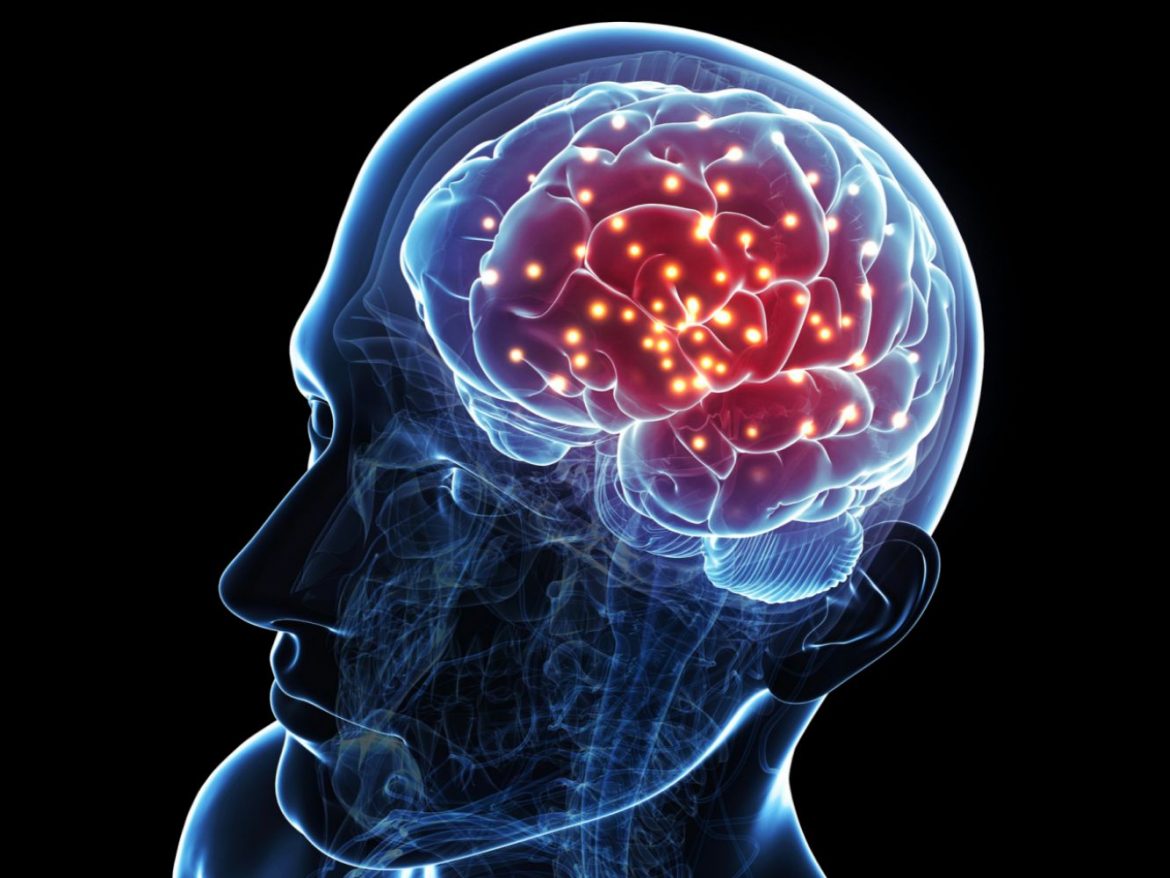A group of neuroscientists has discovered a new way to explain how our brain developed into a language-ready brain. The study discovered that the structure of connections between language centres in our brain is remarkably similar to that of chimp brains and has grown more than previously anticipated.
The study’s findings were uncovered by Radboud University and the University of Oxford and published in the journal PNAS. “At first glance, the brains of humans and chimpanzees look very much alike. The confusing distinction between us and them is that we use language to communicate, but non-human primates do not “Joanna Sierpowska, a co-first author, agrees.
For years, experts have been intrigued by what in the brain may have permitted this extraordinary capacity. However, until recently, their focus has been mostly on the arcuate fasciculus, a neural tract linking the frontal and temporal lobes that, in addition to demonstrating considerable changes between species, is well-known to be important in language function.
“We wanted to turn our emphasis to the connection of two cortical regions in the temporal lobe that are both critical for our capacity to utilise language,” Sierpowska explains.
White Matter of Brain
The researchers employed scans of 50 human brains and 29 chimp brains scanned similarly to people, but under well-controlled anaesthesia and as part of their normal veterinarian check-ups, to explore the differences between the human and chimp brains. They employed a method known as diffusion-weighted imaging (DWI) to examine white matter, or the neural networks that connect brain locations.
They used these pictures to compare the connectivity of two language-related brain hubs (the anterior and posterior middle regions of the temporal lobe). “In humans, both of these regions are critical for learning, utilising, and interpreting language, and they contain multiple white matter pathways,” Sierpowska explains.
“It is also known that injury to these brain regions has a negative impact on language function.” However, the question of whether their network of linkages is unique to humans has gone unresolved until now.”
New neural connections in the human brain
While the connectivity of the posterior middle temporal regions in chimps is primarily limited to the temporal lobe, the researchers discovered that in humans, a new link towards the frontal and parietal lobes evolved via the arcuate fasciculus as an anatomical avenue. Indeed, modifications to both human language regions contain a suite of temporal lobe connection expansions.
“Our findings suggest that the arcuate fasciculus is not the main driver of evolutionary adaptations that prepare the brain for full-fledged linguistic capabilities,” explains co-author Vitoria Piai.
“Our findings are entirely anatomical, so saying anything about brain function in this setting is difficult,” Piai explains. “However, the fact that this pattern of connections is so exclusive to humans implies that it may be an important part of brain architecture that enables our individual language talents.”
Follow Medically Speaking on Instagram





